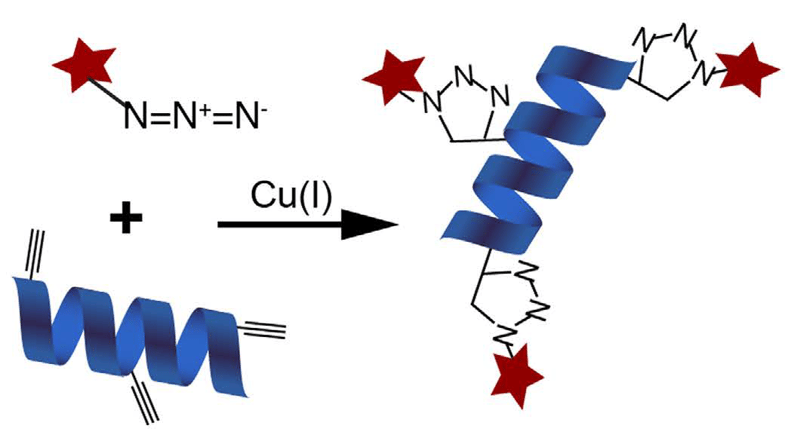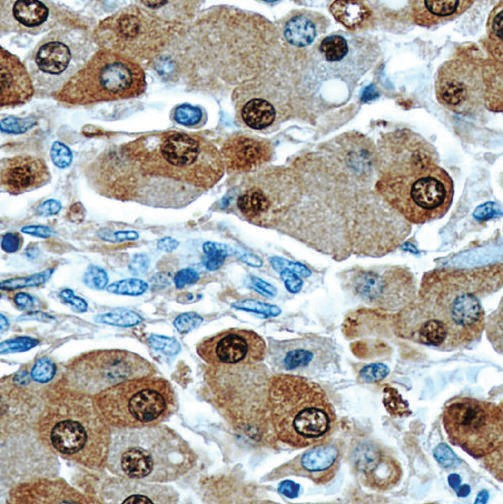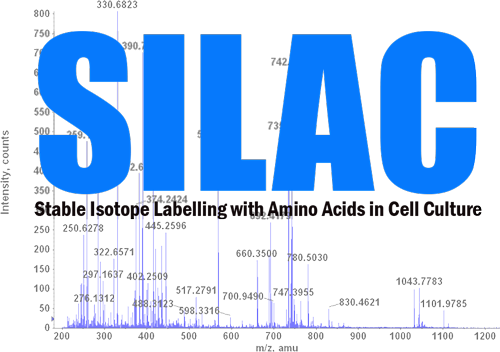Living entities have a tightly regulated dynamic system, where majority of the energy expenditure goes for maintaining the homeostasis. Most of the biological processes such as growth, development, metabolism etc are regulated at the crucial control point of protein translation and degradation (rate of protein turnover). Studies on different organisms/model systems have suggested that transcriptome modifies itself dynamically in response to different cellular conditions. The translational regulation is a slightly independent add-on layer of control after that, hence, during the cell processes a linear relationship of transcriptome and translatome is relatively difficult to establish. The efficacious identification of lesser abundant proteins is of lower magnitude, albeit of having sub-femtomolar level of sensitivity of modern state-of-the- art Mass spectroscopic instruments because of a narrow dynamicity and sequencing speed.
The Protein Man

Recent Posts
BONCAT (Bioorthogonal Non-canonical Amino Acid Tagging): a method to define the translatome
Topics: Protein Labeling, Mass Spectrometry
Aside from tissue biopsy, cytology serves as an indispensable tool in screening and diagnosing cancer. In this technique, a cytological material is obtained from the patient, spread onto glass slides for microscopic examination, stained, screened for abnormalities and assessed prior to the issuance of a final report. Cytology differs from histology in that the sample usually consists of a suspension of cells whereas histology samples are usually sections of actual tissue. For example; a Gill’s hematoxylin single strength formulation would be much better suited for cytology, whereas a triple strength formulation would be better for tissue sections.
Topics: Cytotoxicity Assays
SILAC: A General Workflow for Improved Mass Spectrometry
This is a follow up blog to SILAC for Improved Mass Spectrometry & Quantitative Proteomics
SILAC (Stable Isotope Labeling with Amino Acids in Cell Culture) method of working is differentiated into two critical phases: an adaptation phase and an experimental phase. Before initiating the adaptation phase, it is crucial to characterize the cell type to be used for the labeling. In general, dialyzed serum is used to rear the cells in order to negate the availability of free amino acids present in the normal serum. Although, some cell lines do not grow that well in a dialyzed medium due to the absence of some of the growth factors, therefore, supplementation of purified growth factors with the dialyzed media or small percentage of normal serum in the dialyzed media may be helpful.
Topics: Mass Spectrometry
SILAC for Improved Mass Spectrometry & Quantitative Proteomics
SILAC (Stable Isotope Labeling with Amino Acids in Cell Culture)
Quantitative proteomics has been a cutting-edge and demanding field in biological research for the past few decades. With the advancement of technology, MS (Mass spectrometry) based methods have become strikingly helpful tools, which utilize the mass-to-charge ratio of the fragmented compound in proportion with its ionic abundance. MS provides the result as a plot of ionic abundance of a compound versus its mass-to-charge ratio, which subsequently provides information about the nature, possible structure and properties of the compound. This compound could be any protein, posttranslational modification, bioactive molecules etc. The MS responses of proteolytic peptides may discreetly vary owing to their non-uniform physicochemical properties for example, hydrophobicity, dipole moment, size, charge, mass etc. Hence it becomes a strenuous exercise to accurately quantify the changes in the relative abundance of a biomolecule between different test samples in the same MS analysis. To solve this pitfall, a new modification has been introduced in the general MS protocol known as SILAC (Stable Isotope Labeling with Amino Acids in Cell Culture), which allows insertion of stable isotopes of amino acids into the proteins or peptides. SILAC enables relative and comparable quantification of these molecules from different test samples in the same MS run, which eventually minimize the false variability of the results arising from sample injection and ion suppression contributed by MS instruments in different runs.
Topics: Mass Spectrometry






